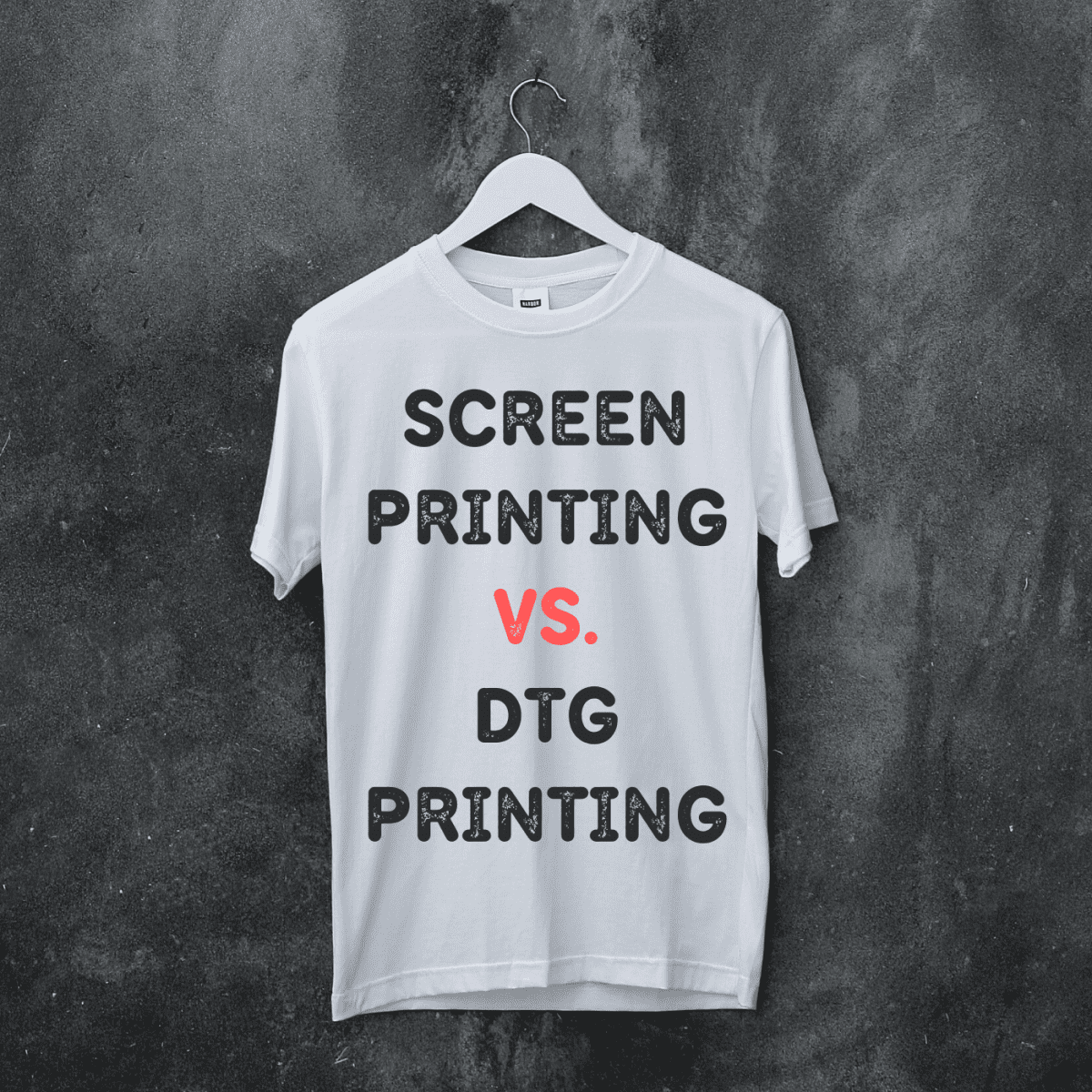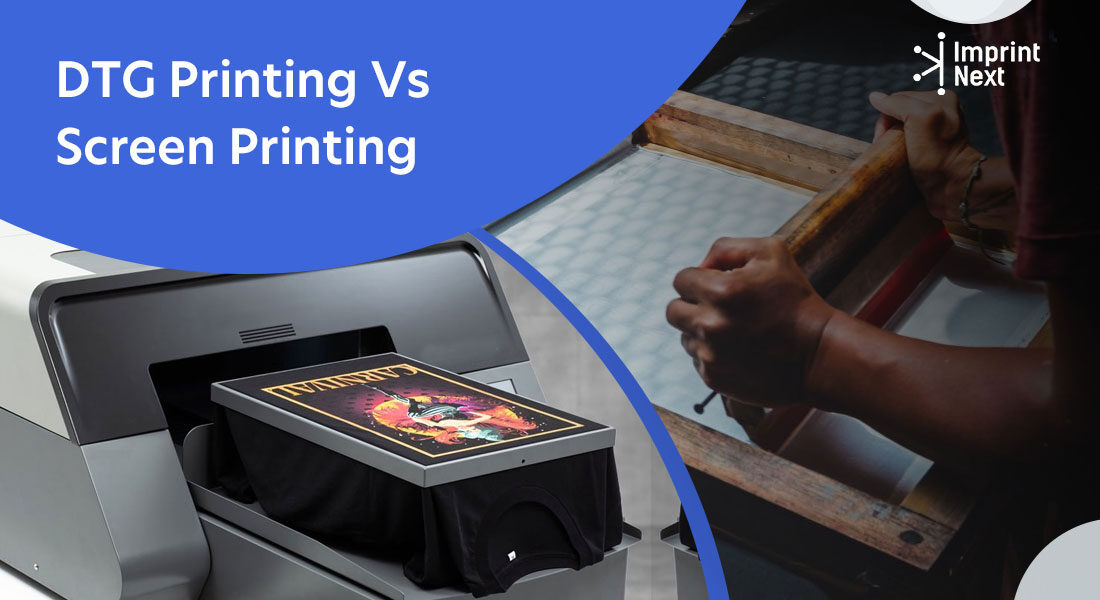Getting My Tx Tees To Work
Getting My Tx Tees To Work
Blog Article
Tx Tees Things To Know Before You Get This
Table of ContentsUnknown Facts About Tx TeesThe Facts About Tx Tees UncoveredOur Tx Tees DiariesExcitement About Tx TeesThe Best Guide To Tx TeesThe Ultimate Guide To Tx TeesThe Best Strategy To Use For Tx Tees
That brings your total amount to around $1,900 prior to tax and shipping. Accumulate other prices, like the variety of energies it requires to run the shop and the cost of ink and solution per layout. t-shirt printing. Take the print listed below for instance. This is a one-color picture, so the cost of ink per shirt is about 20 cents.The solution should only be a few cents considering that you 'd only need to coat one screen for this task. Usually, printers try to make up to 45% revenue on a print task.

With DTF, you can print a handful of tee shirts, or just one. Both display printing and DTF have their specific niches in the world.
Fascination About Tx Tees
The very best method to understand? Ask about and see what print shops like your own are doing. custom cap printing. Attempt both out and see which you like much better
When you're picking what type of printing technique to make use of for publishing your art work designs on your garments, it is essential that you recognize the differences between these 2 techniques so you can make the most of results while lessening costs. Display printing is the most typically utilized technique for printing styles on textiles.
DTG printing is likewise known as area or straight to garment printing due to the fact that it publishes just what is needed as opposed to making a screen as screen printers do. https://slides.com/txtees02. Screen printing functions by screen filler squeegee display printing ink screen mesh screen, after that transferring the photo to garment utilizing warmth and/or pressure
The DTG printer makes use of special dye-sublimation inks that are used into a pre-designed picture by a digital printing system. The inks come to be part of the textile, allowing for lively colors and remarkable information. It's also called place or direct to garment printing due to the fact that it prints just what is required rather than making a screen as display printers do.
Get This Report on Tx Tees
First, it's much faster - you can publish a fullcolor image in minutes, in contrast to hours for display printing. Second, there's no established time or costs included - you can publish any kind of layout you such as, without needing to develop a screen first. Third, there's no waste - since display printers screen print one design at once, they need to evaluate each shade independently.
The paper is really expensive and can just be made use of as soon as. Once it's published on, it needs to be disposed of. - The initial purchase rate is reduced than the ahead of time financial investment of DTG printers- You can publish multi-color layouts one screen each time rather than having to publish each color individually like DTG printing.

The Best Strategy To Use For Tx Tees
Rather of using screen mesh as display printers do, color sublimation printers use laser innovation to move your photos onto garments or paper. A heat process moves the color from its solid-state directly into the gas phase which subsequently fuses it onto material substrates when they are rapidly heated up to high temperature levels under high stress.
Sublimation printing is environmentally friendly. It makes use of less water than screenprinting, and since it does not entail using damaging solvents, it's secure for all kinds of apparel. The dye sublimation inks are also odor-free when healed, unlike display printers that use hazardous chemicals during the screen printing process that leave behind an unpleasant odor.
They additionally conserve cash on pricey tools like direct exposure units because dye sublimation printers don't require a UV direct exposure unit or a flash cure oven that is usually utilized in screen printing (custom screen printing). What is straight to garment printing (DTG Printing)? DTG printing is an electronic screenprinting procedure that prints directly onto fabric using specialized inkjet printers
The 10-Minute Rule for Tx Tees
DTG printing offers several advantages over conventional screenprinting, including the ability to publish photographic quality photos, higher shade vibrancy, and the capacity to print designs on darker textiles. DTG printers function by heating up the textile ink up until it develops into a gas. The gas after that permeates the material, bonding with the fibers to create an irreversible print.

Display printers merely prepare their display after that begin publishing up until they run out of item or ink.- There is a wide variety of experienced display printers throughout the globe, which can be handy for newbies. - It's click this link a slower procedure - display printers commonly need to wait on the ink to dry before they can print the following shade- Display printers need manual work, so there's a higher learning contour and it takes longer to generate a high-quality layout- Display printing isn't as precise as DTG printing, so you may obtain some "blood loss" of colors from one part of the image onto an additional otherwise done correctly.
6 Easy Facts About Tx Tees Shown
However, rather than using display mesh as screen printers do, color sublimation printers utilize laser technology to move your images onto garments or paper. A warmth process moves the dye from its solid-state directly right into the gas phase which consequently fuses it onto material substratums when they are rapidly warmed to heats under high pressure.
Sublimation printing is eco-friendly. It utilizes much less water than screenprinting, and because it does not entail making use of hazardous solvents, it's secure for all types of clothing. The color sublimation inks are also odor-free when healed, unlike screen printers that utilize dangerous chemicals during the display printing procedure that leave behind an unpleasant odor.
They additionally save money on expensive tools like direct exposure units considering that color sublimation printers do not require a UV exposure system or a flash remedy stove that is generally utilized in display printing. What is straight to garment printing (DTG Printing)? DTG printing is an electronic screenprinting procedure that publishes directly onto textile utilizing specialized inkjet printers.
The Basic Principles Of Tx Tees
DTG printing supplies lots of advantages over typical screenprinting, consisting of the capacity to publish photo high quality pictures, higher color vibrancy, and the capacity to print designs on darker materials. DTG printers work by heating up the textile ink up until it becomes a gas. The gas then penetrates the fabric, bonding with the fibers to develop an irreversible print.
Report this page